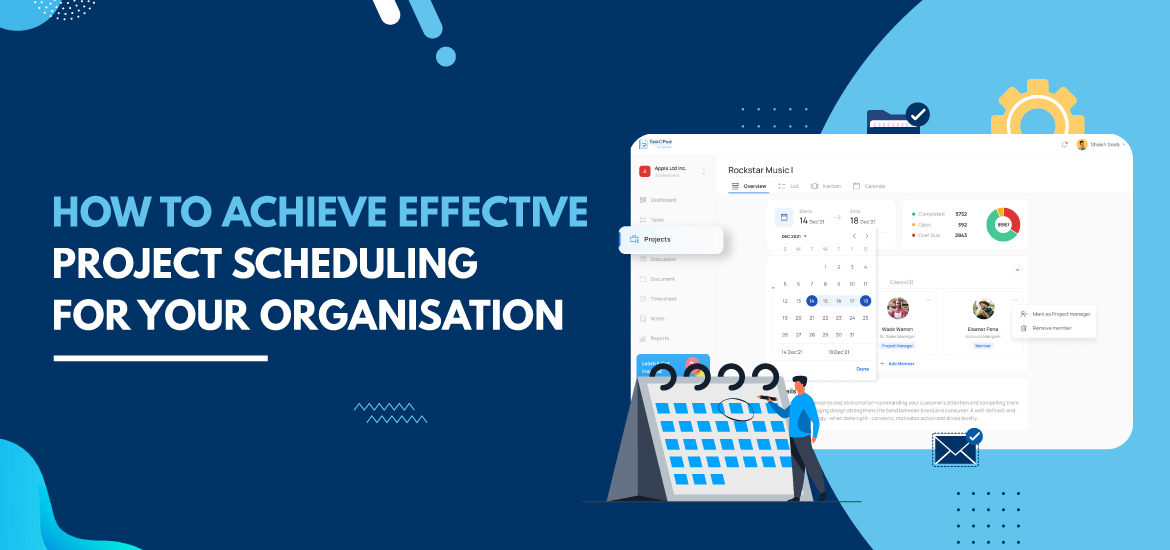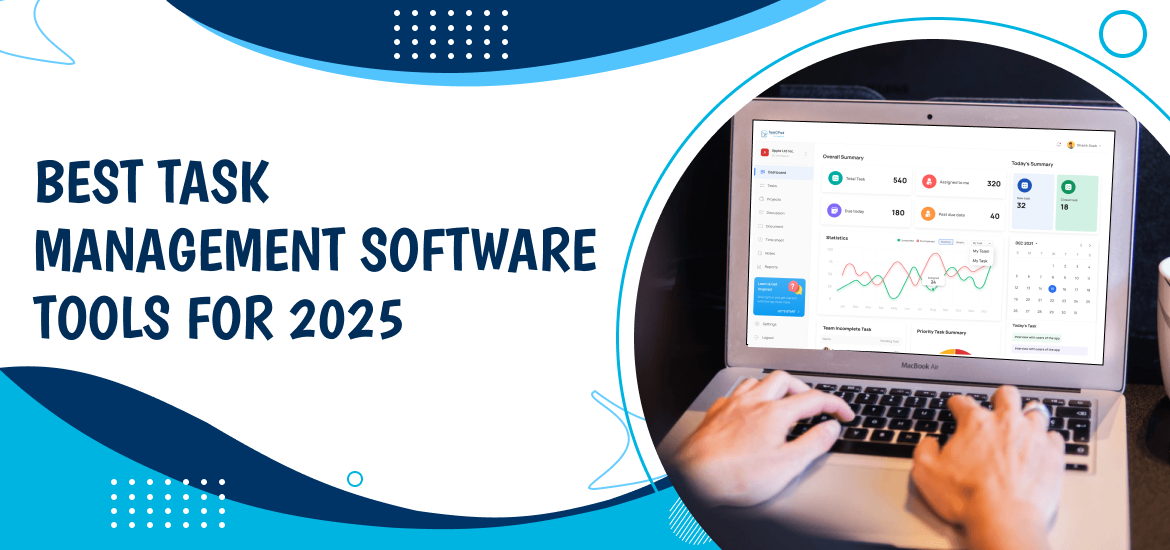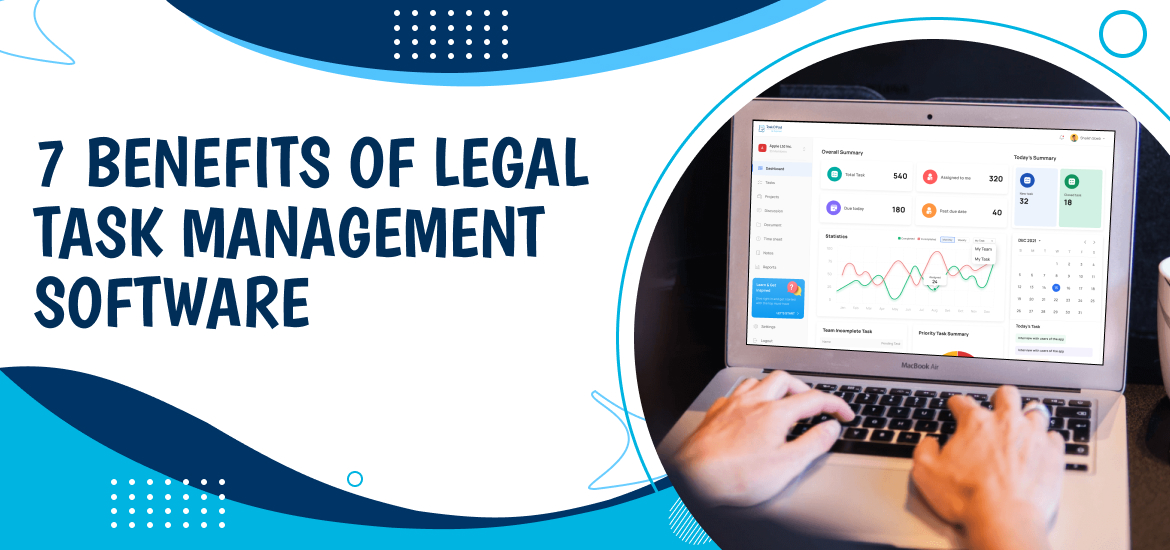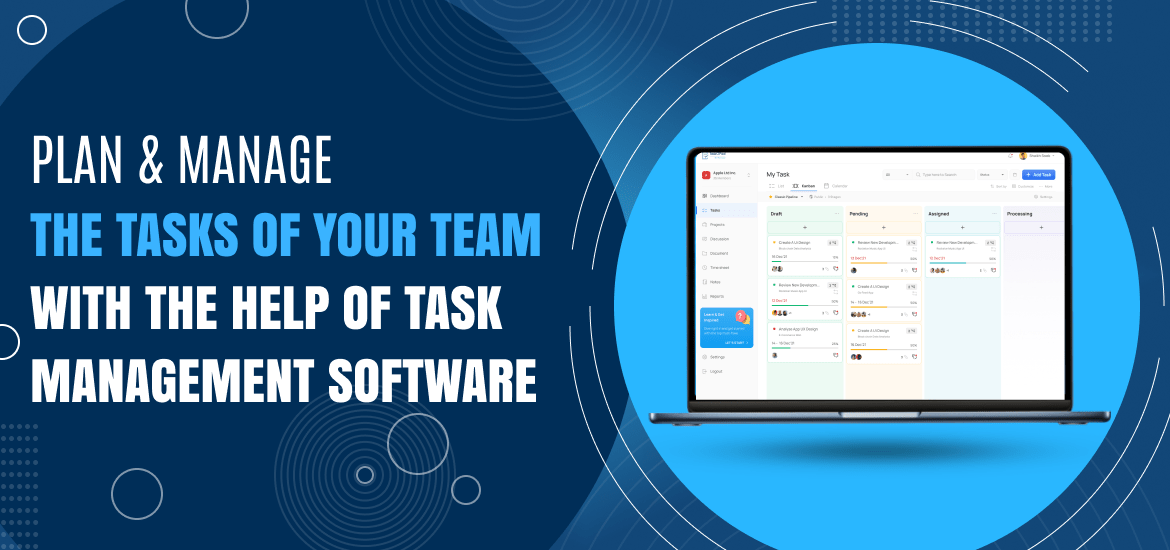
Project Schedule Management
How to Achieve Effective Project Scheduling for Your Organisation
Aug 5th, 2022
It is essential to schedule tasks carefully for completing projects in a timely manner with quality. Efficient project scheduling plays an important role in the success of a project. It determines end results of a project which are supposed to be achieved in the given timeline. However, scheduling projects has its own share of challenges as it needs consideration of various underlying factors.
There are many ways through which project schedules can be made easy. You can use advanced Project Management Software like TaskOPad. Let’s move ahead to know more about project schedule management.
Project Scheduling-Brief Introduction
Project Scheduling can be defined as strategically organising a project’s tasks, goals, and milestones. Hence, teams can complete the work within the set deadline. However, scheduling may seem a simple task, but in reality, setting up timelines for work takes time and effort. The entire process goes through many rearrangements throughout the project.
Many times project scheduling is considered the same as planning, but, both are different. Project planning involves procedures to follow for the project whereas scheduling refers to listing activities so that team can start implementing them to achieve the common goal.
In order to accomplish the project goals with a set timeline, let’s look forward to the following steps.
Steps to Achieve Efficient Project Scheduling
-
Choose the Suitable Tool
Irrespective of a small or big project, you need the right Project Scheduling Software to complete the project on time. It is fair to mention that the absence of a proper Project Schedule Management can make the entire process chaotic. Hence, it is better to opt for a reliable project management app like TaskOPad which contains features like deadline tracking, Kanban Board, and Calendar view. Such features help us streamline projects, make and assign tasks, and the project will be in control from start to end. Once a company gets the right tool, scheduling of projects becomes easy.
-
Adopt Work Breakdown Structure
A project schedule is formed on the basis of the Work Breakdown Structure (WBS). As the name suggests, WBS involves breaking down the project into a hierarchical structure. This process takes place during project planning.
A Work Breakdown Structure includes the following:
- Project Charter Document
- Scope of the work
- Teams to be involved in a project
- Stakeholders of Project
- Project Decomposition
- Description of Deliverable
Once the above elements are clear, scheduling a project will be easy. However, always discuss with project stakeholders regarding the work for clarity in breakdown structure, timelines, and project deliverables. Having a proper WBS can give the best understanding of a project.
Also Read : Eight Productivity Hacks for Increasing Efficiency at Workplace
-
Clear Specification of Project Tasks and Related Description
Each project contains multiple activities, tasks, and subtasks. It is crucial to define each task with its entire description, required tools, and deadline. This process is easily manageable when companies have a good task management tool. Each process must be explained with its importance and other relevant information. Managers can mention the start and ending date of each task and prioritise the important ones.
Once the above-mentioned steps are done, managers should assign the team members and get them the necessary tools required to complete the job. One can also take the help of charts and graphs to visualise the tasks properly. It makes become easy for team members to understand the project.
Also note the factors that may obstruct the timeline of projects such as leaves of team members, official holidays, corporate gatherings etc.
If all these aspects are sorted out, then half the battle has been won.
-
Define the Dependencies
Certain projects have many dependent tasks which need to be completed first in order to finish the project as a whole. In the planning phase of the project, define the dependencies of tasks. If your company uses a project management tool, you can visualise the project and discuss the hurdles with stakeholders. Once project managers figure out the dependencies, there will be less chance of delays in projects.
-
Set a Milestone
Milestones are defined as the completion of a major phase in a project. Hence, every project has major milestones which lead the project to its completion. You can decide on a milestone in the following ways:
- Understand important deliverables of projects
- Research tasks that help to achieve such deliverables
- Tag key deliverables as milestones
- Set the deadline of each milestone with a proper interval
- Communicate these deadlines to each member and stakeholder
-
Share Project Schedule with Stakeholders
Till this step, you have all the important information which is needed. Once the schedule is live in the project management tool, share it with stakeholders for further discourse. This step is essential as stakeholders may need to make changes or prioritise some other tasks. It’s better to understand these changes in the initial stage as in the later phase it may create unnecessary chaos and delays. In this discussion, always include dependencies and milestones so that stakeholders can make quick decisions.
-
Ready to Adjust Changes
Like it or not, unexpected changes are likely to happen in projects. Hence, every member should be ready to adapt to such changes. No matter how much scheduling and planning goes for a project, major change requests from clients and stakeholders can happen. If that happens, one has to be ready to revisit the schedule and make necessary changes.
Following ways changes can be tackled:
- Determine the importance of change and its impact on the present milestone
- Check which tasks are overlapping and prioritise accordingly
- Apply these changes in the schedule
- Share this new timeline with the team and stakeholders
On the whole, the most appropriate way to apply unplanned changes in a project schedule is constant communication. In order to implement a smooth process, go for communication tools such as video conferencing, internal chats, or always continue the one-on-one discussion.
The Ending Note
So far, we can agree that scheduling a project is a crucial aspect of successful projects. Hence, it is necessary to choose the right project management software to get effective project scheduling. It ensures the streamlined flow of the project and enables it to complete within the deadline.
TaskOPad is a comprehensive project management app that assists businesses in organising, assigning, and tracking tasks. If you are looking for such simple yet effective task management solutions, get in touch with us or book a free demo.

Search by posts
Search by posts
Recent posts
12-12-2024
Task Management Software












